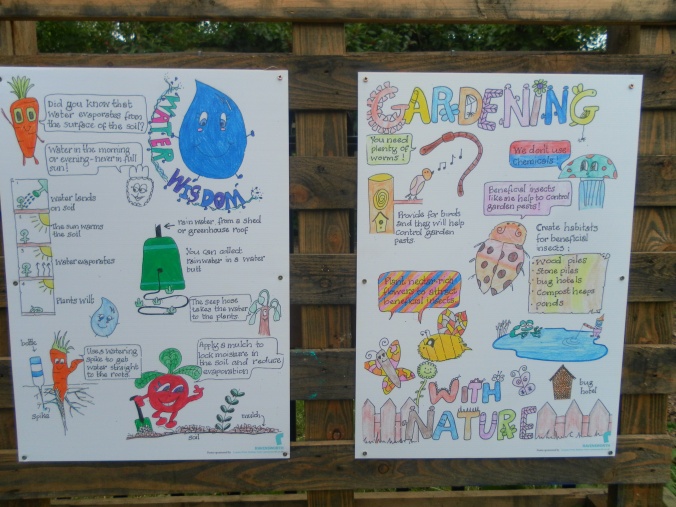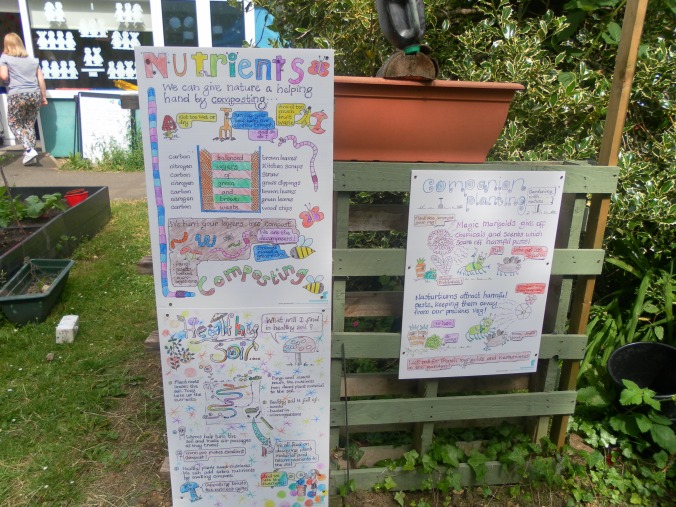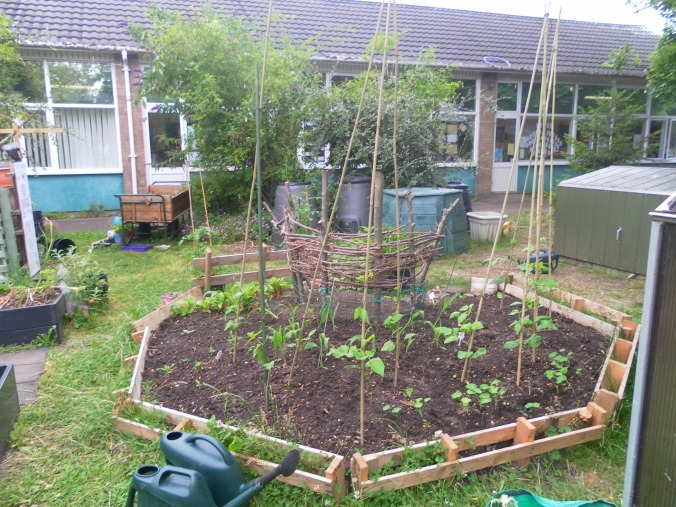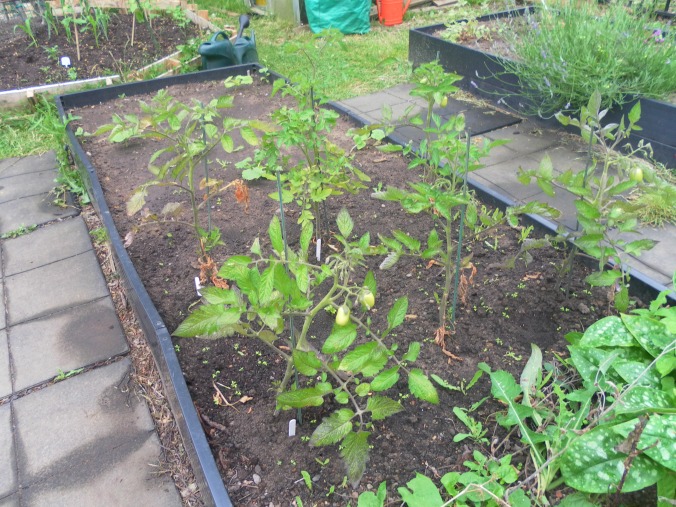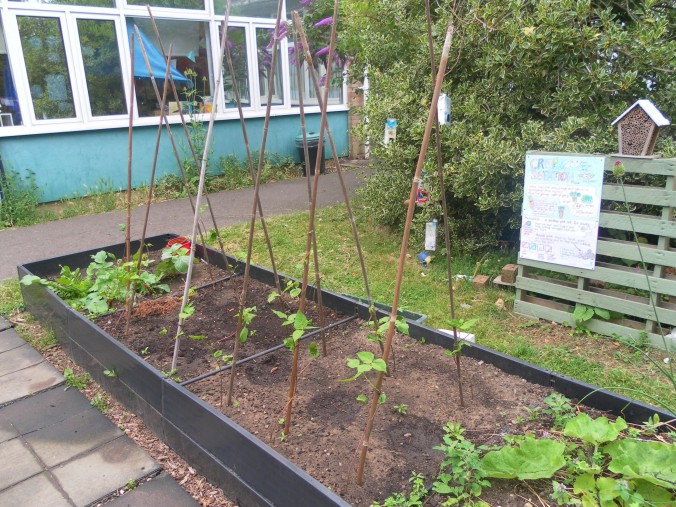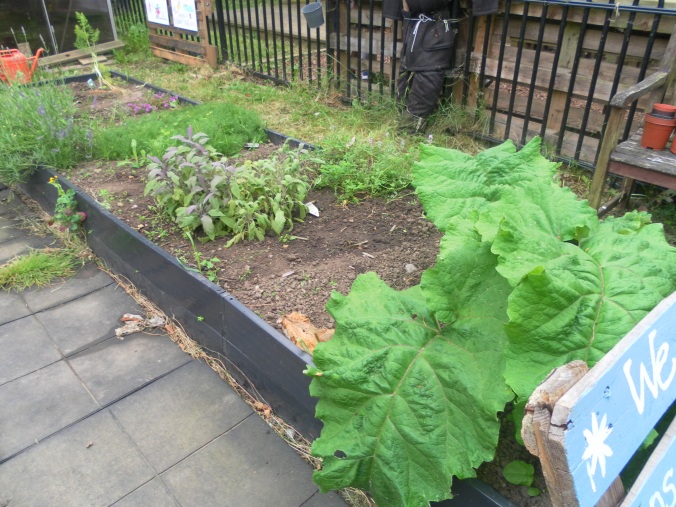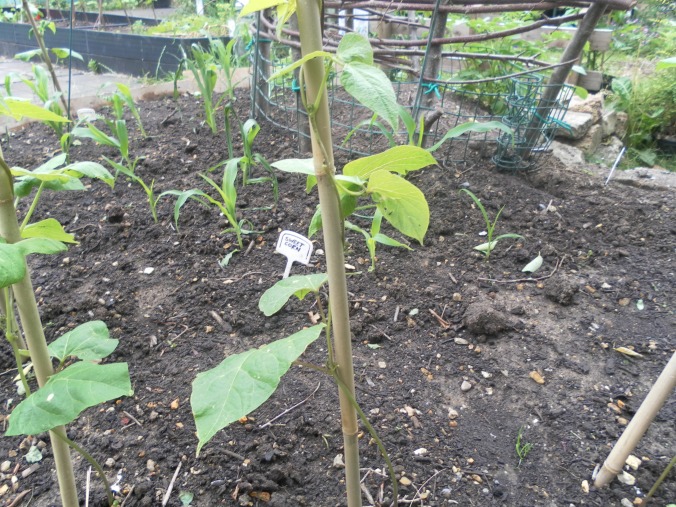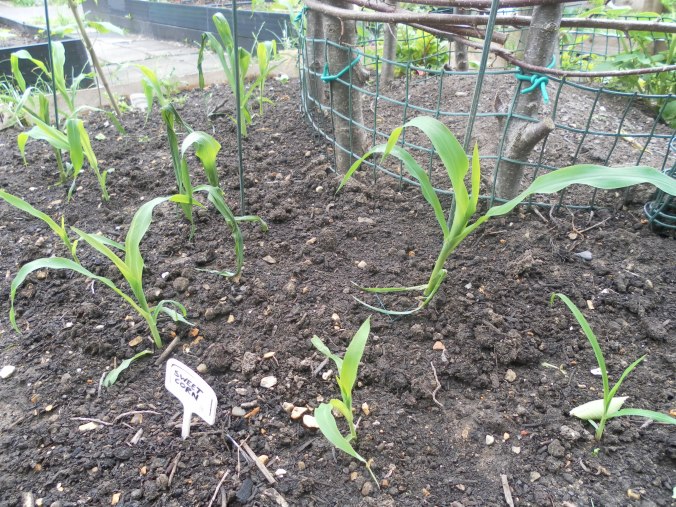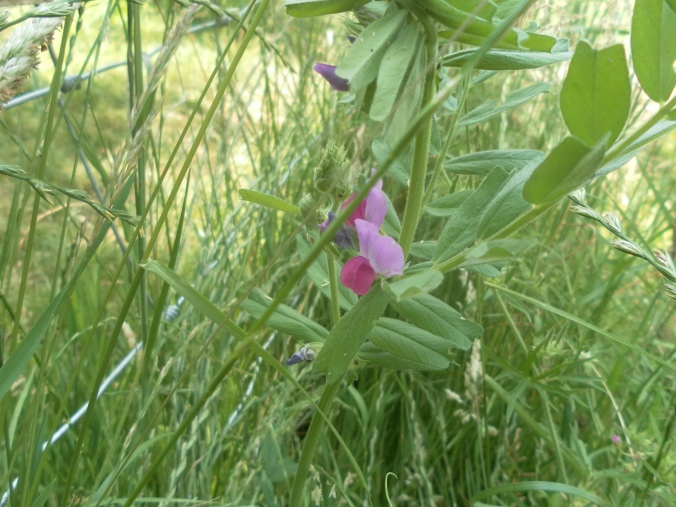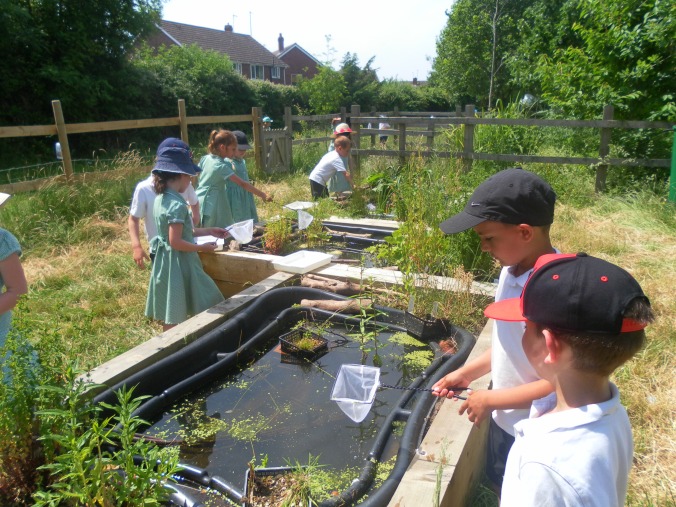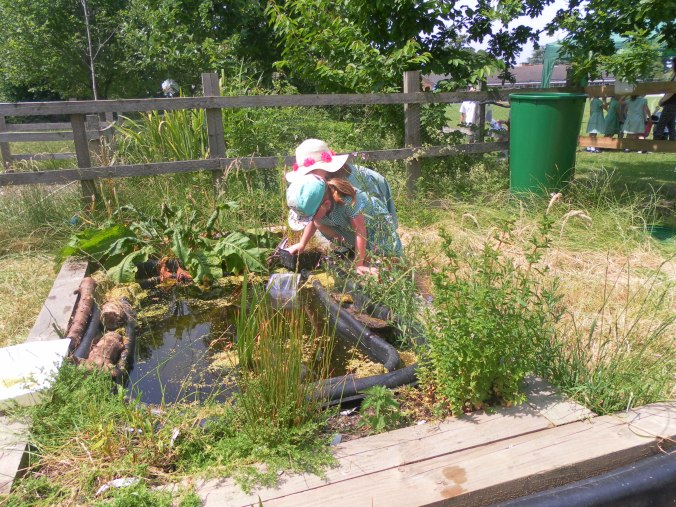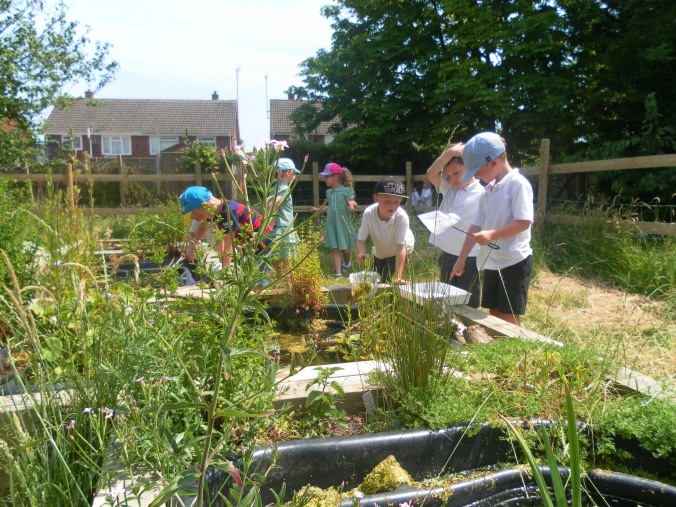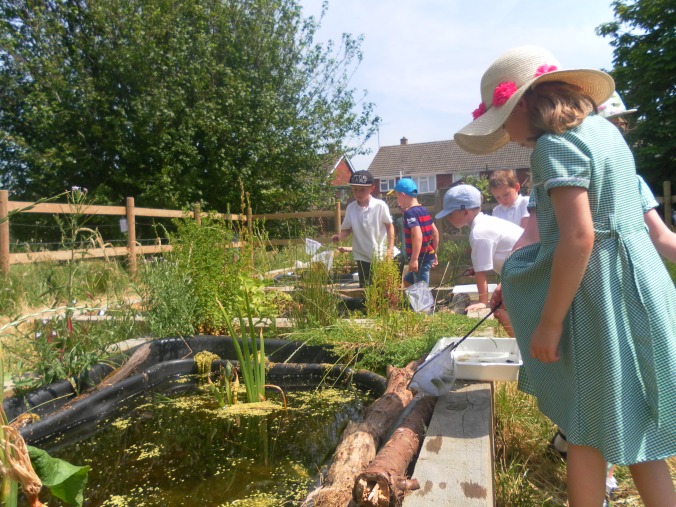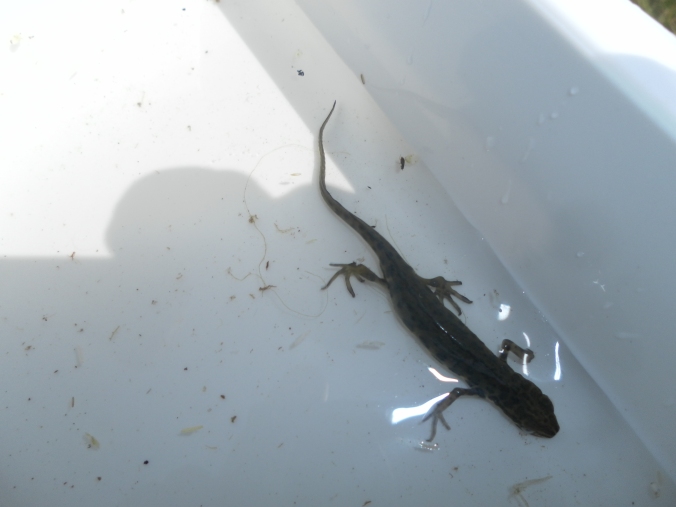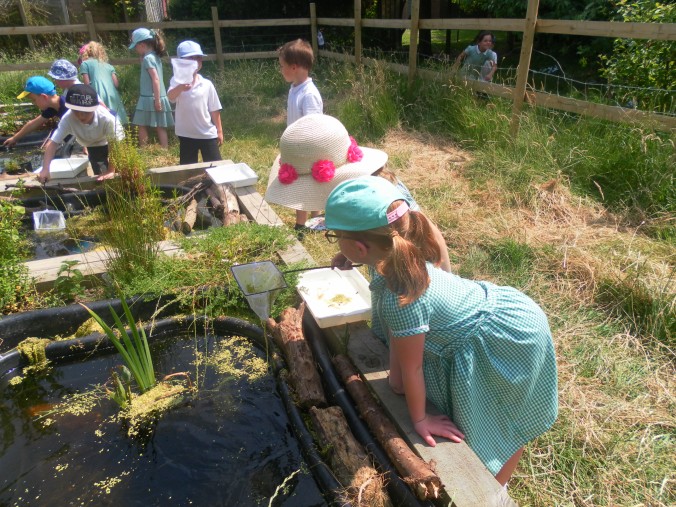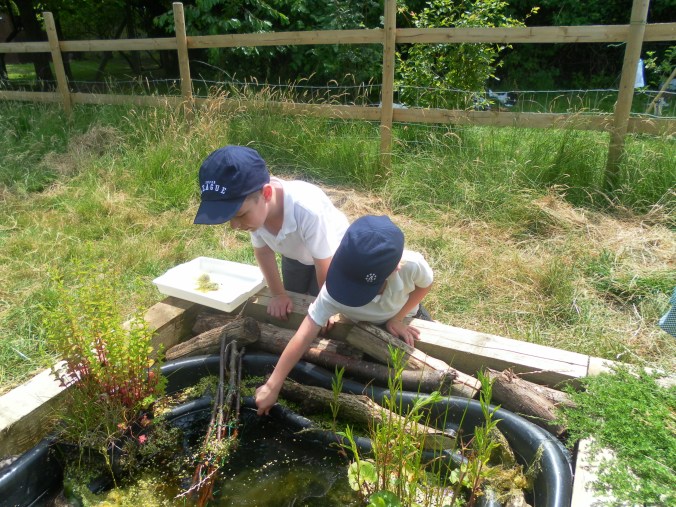Y5 have delivered the results of their investigations into air quality around the school site and on the main approach routes. The project, launched back in February, has seen a number of our Y5 and Y6 pupils working alongside environmental scientists to investigate threats to their local environment and formulate plans to tackle them.
Measuring air pollution using diffusion tubes
If you have been following the blog, you will remember that Jennifer Biggs from Modeshift worked with a group of Y6 Lakeside pupils to position diffusion tubes around the school site and on the main approach roads.

SAMSUNG DIGITAL CAMERA

SAMSUNG DIGITAL CAMERA

SAMSUNG DIGITAL CAMERA

SAMSUNG DIGITAL CAMERA

SAMSUNG DIGITAL CAMERA
The tubes were placed in order to find the levels of Nitrogen Dioxide (NO2) present in the air. This gas, which can be a danger to health, comes from petrol and diesel vehicles.
The tubes were sent back to the lab where they were tested and the results were sent back to school.
Air pollution van
An air pollution monitoring van also visited the school. The quality of the air was measured during half term and on a normal school day.
Interpreting the results
Nitrogen Dioxide ( NO2 ), Ozone ( 03 ) and tiny particulates ( PM10) can be all found in the air we breathe and can all be harmful to health. The levels of all three were measured.
Jenny worked with a group of Y5 pupils to interpret the results and to build a presentation which was shared with KS2 children on Thursday 13th July.
You can share their presentation and findings by downloading the PowerPoint.
Lakeside Air Pollution Assembly

Summary of the results
Air pollution was higher during the school commute times.
Air pollution was much lower during half term.
The highest levels of pollution were collected along Hatherley Road.
Air pollution levels recorded in the playgrounds were not as high as expected.
How can we help reduce air pollution
We were lucky to be joined by Louise Boyle (Senior Environmental Officer). She explained how Cheltenham Borough Council are monitoring air pollution in the same ways as we have been and explained how the council are acting to help reduce air pollution. She spent some time answering questions offered up by the children.
As part of our Eco Schools work we will be looking at how we can work together as a school community to minimise air pollution around the school site and neighbouring roads.
Our results show that the best way to do this is by minimising the number of car journeys to and from school. The results and the work undertaken by the children will also feed into our School Travel Plan. More on this next year!
In the meantime we would like to thank Modeshift, Jennifer Biggs, the scientists manning the air pollution van and Louise Boyle for their help and support.

























